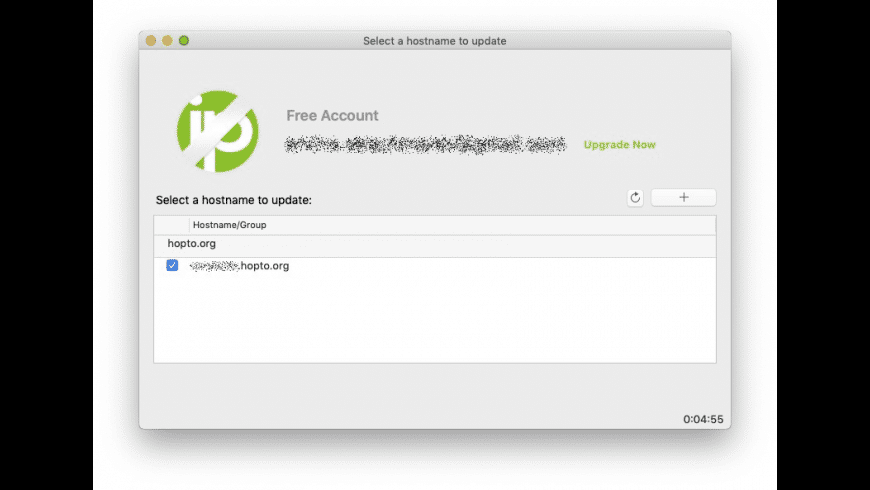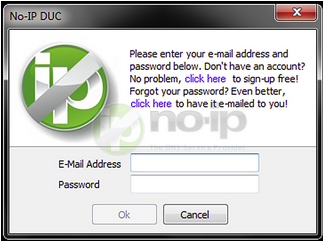

- #No ip duc linux gui install#
- #No ip duc linux gui software#
- #No ip duc linux gui Pc#
- #No ip duc linux gui iso#
- #No ip duc linux gui free#
#No ip duc linux gui free#
I have narrowed down a shortlist of free features that you will be able to add to your home server following the steps in this instructable.

There are many available features avaiable to add to a home server, some free, some paid. Adding more services such as those listed on the turnkey website is easily done using the search APT function within the Webmin Package manager.Ĭaution! This instructable contains 30 steps. Do Think of this as a base for inspiration. A final tip: don't be limited to what is taught here. Just stick to the order, it'll make life easier. Don't just think "Hmm I like the sound of my own cloud network lets do that first!" The steps are in such an order that each before is most likely required for the current, if that makes sense. Another tip would be to follow the steps on order. All over the walls, floors, chairs, desks - you name it! Okay slight exaggeration, but on a serious note they do help. you can jot down anything that needs doing during the next session. So if you get stuck or feel a step isn't too clear, just let me know and i'll be happy to help.Ī few tips: Because this takes more than one day, don't just fall asleep and forget what you were planing on doing next.
#No ip duc linux gui software#
There are details of my case on step 3, however this guide is intended to be a comprehensive software tutorial. I would also like to point out that this is not a comprehensive tutorial on designing a server case. If you learn anything at all or feel this instructable is well written or well documented, please vote for me in the Weekend Projects Contest or the I could make that contest.

It took ages to plan and write this instructable. I will be a happy guy if somebody benefits from what this instructable contains or become inspired by what I have done. Setting up your own server is not only custom and cheap, its very rewarding. The server we'll setup will cost far less than each of these services in the long run and only a fraction of the cost of the combined services.

#No ip duc linux gui install#
#No ip duc linux gui iso#
#No ip duc linux gui Pc#
The knowledge used here can be applied to almost all PC architectures so if you don't own a Pi (Why not dude?) or it's tied up in another project, any old or unused PC will work. In this instructable I hope to teach you key skills involved with setting up and configuring a Linux Server. Then you still have one last step to perform, allowing glassfish to access the resources on your machine: Adding glassfish to allowed programsįollow the instructions on adding java.exe only.NOTE - This guide was created back in 2012! You should see the glassfish welcome screen if it is successful.Īfter that you might want to enable your firewall again but then you have to add an inbound rules to allow the port to be used: Then type your ip into the browser and the port number "ipAddress:portNumber" The IP address it asks for is your local address.įor quick testing you can disable the firewall on your machine and then you can search on google for your Public IP address by typing "what is my IP". Simply enter the details that are asked for, I set mine to HTTP using port 8080, yours might be different. First you need to use port forwarding on your router, access it by typing your default gateway path, mine was 192.168.0.1 then go to "advanced settings -> Port forwarding".


 0 kommentar(er)
0 kommentar(er)
